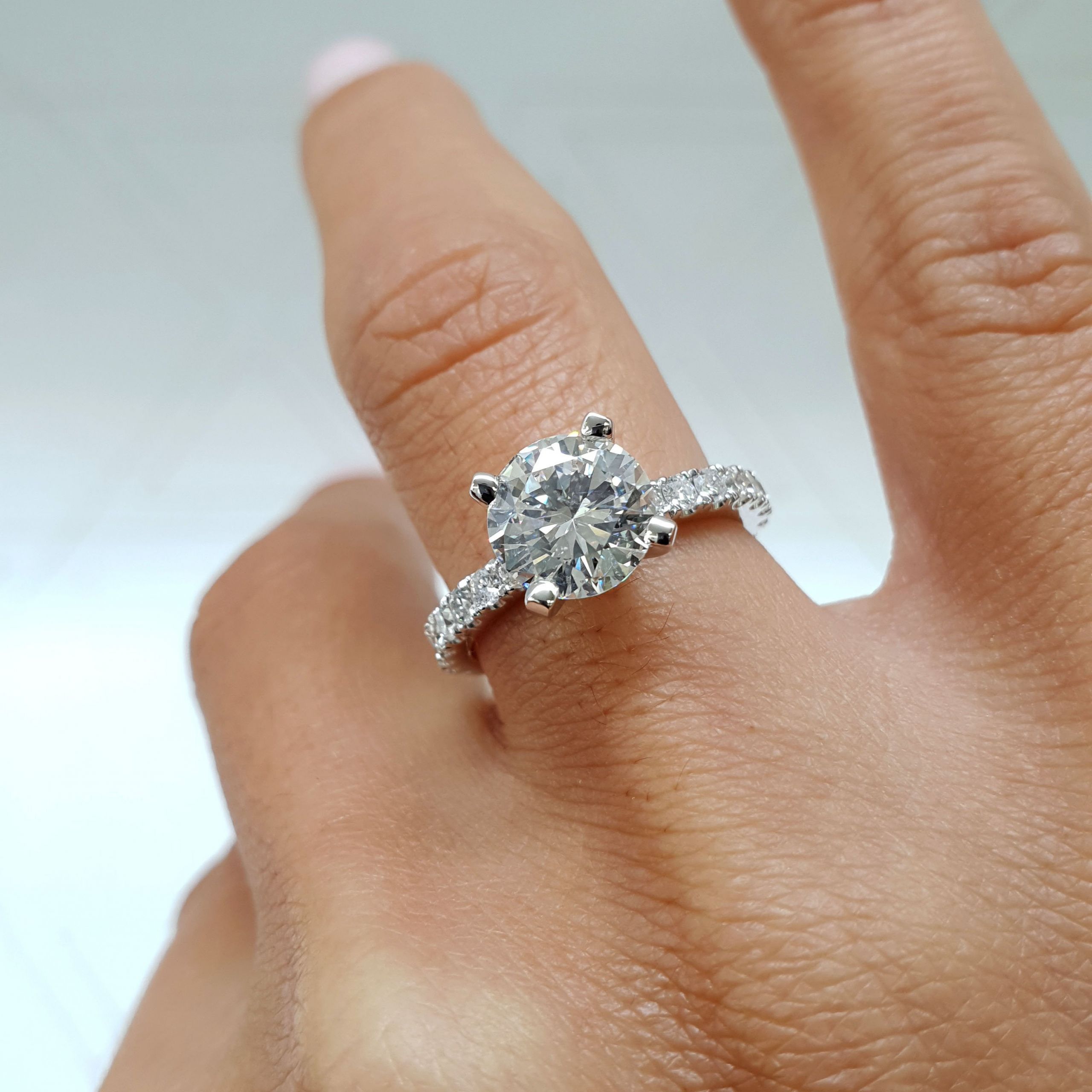The Next Generation of Diamonds 2.0: How Laboratories are Transforming a Modern Age
In recent years, the diamond industry has seen a profound transformation, as lab grown diamonds are emerging as a popular choice for consumers desiring ethical and sustainable alternatives to traditional gemstones. These stones, created in controlled environments using cutting-edge technology, promise the same brilliance and beauty as their mined counterparts while significantly reducing the environmental impact linked to diamond extraction. With their rise in popularity, lab grown diamonds are not only changing consumer perceptions but also defying the longstanding notions of rarity and value in the diamond market.
Understanding the process of how these gorgeous gems are made is key to appreciating their worth. Lab grown diamonds are crafted through two primary methods: High Pressure High Temperature (HPHT) and Chemical Vapor Deposition (CVD). Both techniques replicate the natural conditions under which diamonds form in the earth, resulting in stones that are chemically and physically identical to those found in nature. As we delve deeper into the intricacies of diamond creation in the lab, the narrative of rarity transforms, bringing us to an age where beauty and ethical considerations coalesce harmoniously.
The Emergence of Man-Made Diamonds
In recent years , lab-grown diamonds have seen immense recognition among consumers and retailers alike. These gems , produced through cutting-edge technological processes , offer a cheaper and sustainable alternative to their natural equivalents . As people become more informed of the impacts of diamond extraction on the environment and surrounding areas, the appeal of synthetic gems continues to grow . This shift in choices is transforming the diamond sector, paving the way for new approaches and offerings .
The techniques used to create lab-grown diamonds , such as High-Pressure, High-Temperature and Chemical Vapor Deposition (CVD) , closely resemble the geological conditions under which natural gems develop . This produces stones that are compositionally, structurally , and visually the same as earth-mined gems. Consumers are progressively drawn to the concept of obtaining a premium gem without the ethical dilemmas presented by traditional diamond mining . As the technology advances and production increases , synthetic gems are becoming a common choice for engagement rings and various luxury items .
As the interest for lab-grown diamonds expands , so does the dialogue around their significance and role. With a rising quantity of retailers offering these gems , consumers are now faced with more options than ever. Lab-grown diamonds are not only more affordable, but they also offer a chance to purchase in a stone that resonates with individual beliefs around green practices and conscious consumption. The rise of synthetic gems is not only a passing phase but a transformative movement in the world of jewelry .
Comprehending Carat Quality
As discussing diamonds, the weight measured in carats is often a major factor influencing their worth. A carat is a unit of weight used to describe the weight of a diamond, with one carat equaling 200 milligrams. It is important to note that carat weight does not directly correlate with the dimensions of a diamond; two diamonds of the same carat weight can appear different in size due to differences in cut and shape. For consumers, grasping carat quality means recognizing that larger diamonds are not always superior, as factors like clarity, color, and cut also play crucial roles in a diamond's overall attractiveness.
Lab grown diamonds are usually available in multiple carat weights, much like their mined counterparts. The ability to manage the environment in which lab grown diamonds are created can lead to greater consistent quality and availability across various carat sizes. This reliability enables consumers to choose diamonds that best fit their desires and budget without the confusion often associated with natural diamonds. Furthermore, lab grown diamonds can often be found at a lower price point compared to similarly sized natural diamonds, making them an appealing option for numerous buyers.
In the context of rare carat review s, it is crucial to consider the equilibrium between carat weight and additional quality factors. A diamond that has a higher carat weight but lacks in clarity or has inferior color grading may not hold the same value as a well-balanced smaller diamond. As more consumers become educated about diamond quality, they are likely to favor diamonds that provide a harmonious blend of carat weight and other essential characteristics. This shift in focus highlights the growing recognition for the aesthetic and value of lab grown diamonds in the current market.
Impact on the Diamond Market
The introduction of man-made diamonds has noticeably shaken up the traditional diamond market. Historically, natural diamonds have been regarded as symbols of rarity and luxury, but lab-grown diamonds offer a feasible alternative that challenges those beliefs. With a rising acceptance of man-made options, consumers are increasingly drawn to the affordability and moral considerations associated with lab-grown stones. This shift is prompting natural diamond costs to face declining pressure as consumers consider their options more carefully.
As man-made diamonds become more commonplace, the market dynamics are transforming. Retailers are adapting their approaches to accommodate this trend, introducing new collections and enlightening customers about the advantages of man-made options. This emergence of a new market segment is necessary for both retailers and consumers, encouraging competition and guaranteeing that pricing remains reasonable and clear. The increased visibility of synthetic diamonds in marketing campaigns additionally strengthens their allure, allowing consumers to form more informed choices.
The effect of lab-grown diamonds extends beyond just costs; it also generates questions about the ecological and social implications of diamond procurement. With many consumers now prioritizing sustainability and moral sourcing, lab-grown diamonds present a appealing proposition. As knowledge continues to increase, it is likely that the demand for man-made stones will increase, prompting a reassessment of what constitutes luxury in the diamond market. This shift could lead to a more diversified market that values creativity and moral consumerism over conventional notions of exclusivity.
